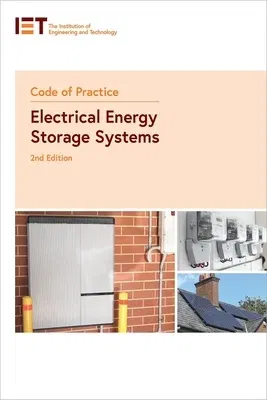Electrical Energy Storage Systems (EESS) provide storage of electrical
energy so that it can be used later. EESS may be installed for a variety
of reasons, for example increasing the 'self-consumption' of buildings
fitted with renewable energy systems; arbitrage services; ancillary
services and providing a back-up or alternative power supply.
This Code of Practice looks at EESS applications and provides
information for practitioners to safely and effectively specify, design,
install, commission, operate and maintain a system.
The scope of this Code of Practice includes EESS intended for fixed
installation applications including:
- individual dwellings;
- commercial applications, including multi-occupancy buildings and
multi-occupancy residential buildings;
- industrial applications
and covers:
- electrochemical energy storage systems in electrical installations;
- integration into low voltage (LV) power systems (AC and DC) and
- systems aligned with existing standards, regulations and guidance.
This second edition of the Code of Practice builds on the first edition
and provides the most up-to-date guidance to help support the growth of
the electrical energy storage market. It has been updated to take
account of developments in the industry, progress in standardization and
address emerging technical challenges such as arc flash risk
assessments.

